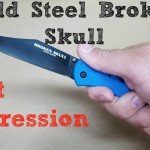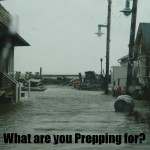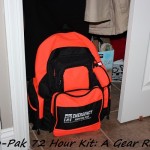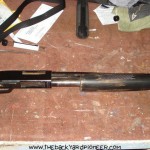Preparedness 101: How to Put Together a Survival Kit
Whether it is our health, our families, or even our finances, we take every protective measure that we can in order to prevent bad things from happening. However, no matter how much we try, there will always be some things that we cannot prevent. Things like power outages, natural disasters, or even unemployment can happen at any time, and when they do, there is nothing you can do to stop them. What you can do, however, is prepare. If you are sufficiently prepared, you will be able to cope with whatever comes your way. One of the best ways to prepare for such a disaster is to put together an emergency preparedness kit. Doing this will give you a few of the basics to help you in case of an emergency.
Know What to Be Ready For
The Federal Emergency Management Agency advises putting together enough food, water, and supplies, to last you for at least 72 hours. After a disaster, local officials and relief workers may not be able to reach you for this amount of time, meaning you may have to survive off of your own means. You may be without such basic needs as water, gas, electricity, sewage treatment, and telephones, so it is important to have sufficient supplies to cover all of these services, should they no longer be available.
Food and Water
You will need enough food and water to feed you and your family for up to 72 hours. This means at least one gallon of water per person, per day. This should be enough to allow for a half gallon of drinking water, plus extra for cooking and washing hands etc. For your emergency food supply, you will need to make sure that all foods are nonperishable, as you may have this kit for a long time. After that, it is up to you to choose what to include. It is worth remembering however, that it should include variety and be well-balanced – who wants to be eating the same thing for three days straight?
First Aid and Health
Make sure that you include a full first aid kit in your emergency kit. As well as the basic first aid supplies, make sure that you allow for the specific needs of yourself and your family. If you have specific medication or dietary requirements, allow for those in your kit. Even something as simple as extra contact lenses can be something that you will be grateful you thought of.
And Don’t Forget…
Other things that you may want to have include a multipurpose tool, a blanket, extra cash, a flashlight, extra batteries and a wind-up radio. A good idea is to go around your daily routine and pay close attention to those things that you need every day, that you could one day be without. This way you can prepare accordingly, specific to your own needs. If you have pets, make sure that you have extra food and water for them as well. Preparedness is about being ready. It’s about knowing what will happen before it happens, and reacting to it in the best way that you can. It is a necessity for everybody, so put together a kit for yourself as soon as you are able – you will not regret it when a disaster comes your way.
ABOUT THE AUTHOR: Lee Flynn is a freelance writer and expert in
emergency food preparedness and food storage
If you like what you read here on The Backyard Pioneer please consider subscribing to receive e-mail notifications or check me out on Facebook, Twitter, YouTube, Pinterest, or my RSS Feed. All of these are available on the top right of this page. -Thanks for reading, Mike
Affiliate Disclosure: I am grateful to be of service and bring you content free of charge. In order to do this, please note that when you click links and purchase items, in most (not all) cases I will receive a referral commission. Your support in purchasing through these links enables me to keep the content train rolling






Follow Us!